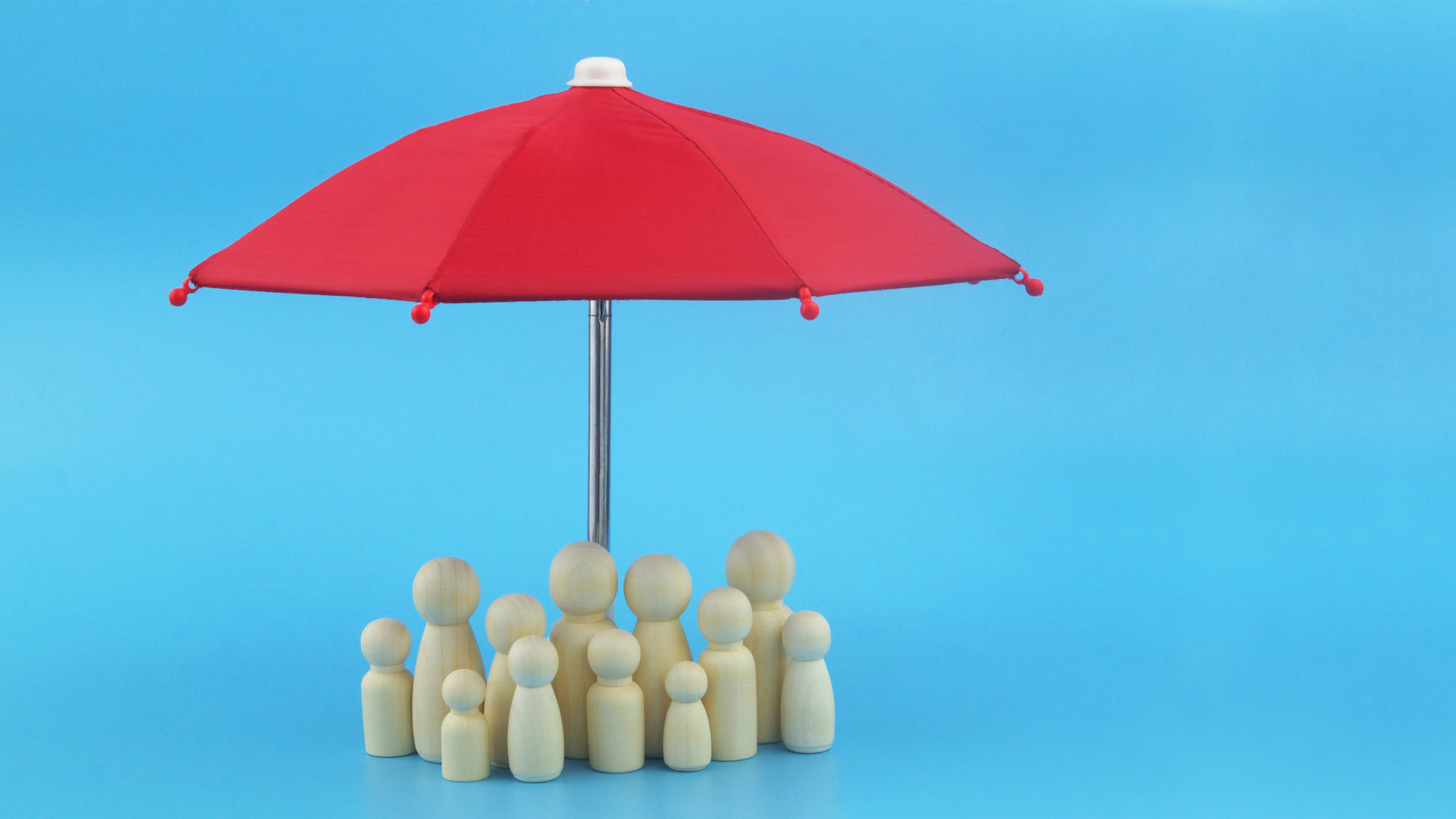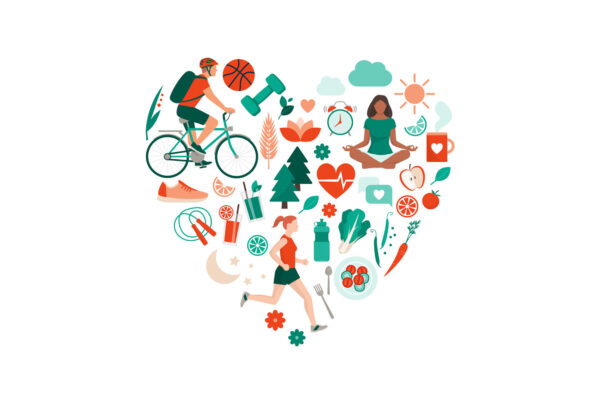Self-Care is Community Care: How Learning to Care for Ourselves will Help Care for Us All
According to the World Health Organization (WHO), by 2030 there will be catastrophic health care needs around the world due to a growing global shortage of healthcare professionals, the millions of people who need assistance and the lack of access to that assistance. This is particularly the case for people living in poverty, and those who are initially living at a moderate socioeconomic level but who are thrust into poverty after being overwhelmed by healthcare costs. By teaching people self-care strategies – how to manage their health without the need of a healthcare professional or with a lower level of care – we can help them avoid seriously negative outcomes.
WHO defines “self-care” as “the ability of individuals, families and communities to promote health, prevent disease, maintain health, and to cope with illness and disability with or without the support of a health worker.” The organization’s efforts focus on equipping people to be able to manage their own health using medicines, technologies, information, education and many other similar interventions. Some of the other concepts they include under the umbrella of “self-care” are things like “self-management” which may include managing your own medications or doing your own self-health exams. Also included is the ability to do “self-testing” (such as a self-pregnancy or a self-COVID test) which would allow the person to self-diagnose at home and begin a trajectory of treatment without the help of a medical professional. This saves time and money for the individual and is less taxing on the healthcare system.
“Self-awareness” also plays a role in self-care. Knowing and understanding the health issues you are dealing with, how to manage them on your own and being compliant with that management, plays an enormous role in staying healthy, keeping healthcare costs down, and lessening the burden on the healthcare system. The more people are educated and empowered to take care of themselves and their families the less afraid they will be to tackle health issues with the lowest amount of healthcare intervention necessary.
WHO provides categories for self-care interventions that they believe are the manner in which they should be utilized by people. The categories include: agency, information, availability, accessibility, quality, utilization, and efficiency; the goal is to improve outcomes in at least some of these when implementing an intervention.
In addition to these categories, the World Health Organization has made great strides in creating a shared language around “self-care.” They’ve created a model that helps show when there is a problem that can be solved and how the problem can be addressed specifically and scientifically. The word “self-care” has gone far beyond the popular imagining of getting your nails done and putting two cucumbers on your eyes; instead self-care has become a serious, evidence-based science. The shared language helps researchers and program directors write grants to fund projects that will help encourage and educate populations of people who don’t have access or agency to help themselves with these health issues.
The model basically is a matrix with four columns:
- The first column is titled “Health system challenge and the individual health need.” In this column is written a brief statement that describes the problem.
- The second column is “Self-care interventions and enabling health system actions to address the health system challenge.” In this column each of the interventions that are planned to address the health system challenge are listed. (This includes a succinct statement for each intervention and does not go into detail of all the individual steps that would be involved.)
- The third column is “Modes of delivery and places of access to self-care interventions.” This column features a bulleted list of such items without detail.
- The fourth column is where we see “Improved health and well-being outcomes achieved with self-care interventions.” In this column there are short descriptions of the ways we hope these interventions will change health outcomes of the targeted population.
Self-care also must be applied to mental health crises and emergencies. The Centers for Disease Control (CDC) stresses that a person must have a healthy state of mind in order to cope with very stressful events and emergencies. People working in healthcare and mental health care are dealing with such stressors every minute of every day, so it’s a reality that leaders in these fields must find ways to help and protect their workforces from running themselves into the ground from both a physical and mental perspective.
It’s not a matter of waiting for an emergency to happen; these emergencies happen all the time in their world. So how do they prepare?
Let’s imagine how a mental health care organization might use WHO’s model for mapping out their interventions for the self-care of their mental health workers who are in danger of burnout and compassion fatigue because they aren’t well-equipped with self-care interventions. Their four-column matrix might look something like this:
| Health system challenge and the individual health need | Self-care interventions and enabling health system actions to address the health system challenge | Modes of delivery and places of access to self-care interventions | Improved health and well-being outcomes achieved with self-care interventions |
| Burnout and compassion fatigue among mental health workers due to lack of UTILIZATION of and ACCESS to self-care interventions |
|
|
|
In this example you see opportunities to educate the employees on ways they can access the healthcare system, ways they can access help within their organization after potentially traumatic incidents, and ways they can access coping skills during their shifts to keep them going in a positive and healthy way. They’re using assessments to measure the level of burnout and compassion fatigue rather than just a “gut feeling” about it. So again it’s “self-testing” and it’s encouraging “self-awareness” about their own level of ongoing burnout and compassion fatigue.
A healthcare worker is not only a healthcare worker. He/she/they are also mothers and fathers, sisters and brothers, friends, spouses, next-door neighbors. They are members of geographic communities. They are members of churches, temples and other faith communities. They are people managing chronic health conditions who still come to work every day. They are people that take care of their family members and still come to work every day. They are people with young children who perhaps don’t have a lot of help with childcare. In short, they are MORE than just an employee!
WHO’s objective is to encourage more individuals to be knowledgeable and confident in making powerful decisions about their own health. These people will be able to in many cases test at home, make decisions about the results of those tests and access medications and other treatments. They then will have the information and knowledge they need to adhere to the medication regimen or other treatment regimens that are given to them.
When we teach one person to take care of themselves and that it’s okay for them to do that, then we allow that person the confidence and the empowerment to also take care of their families and their communities – and that is how self-care turns into community care. As each person learns how to care more for themselves and takes responsibility for self-care, and as each leader and organization partners with those individuals to help improve agency, information, availability, accessibility, quality, utilization, and efficiency with regard to self-care interventions, the care of us all will be improved.






